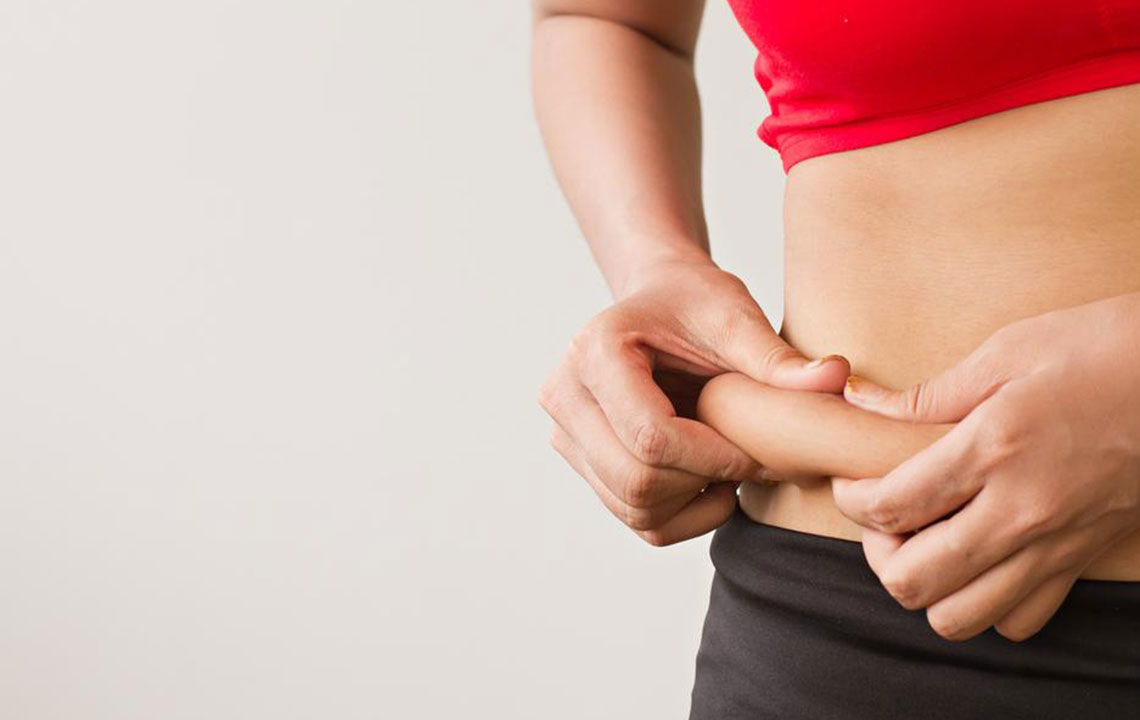Ultimate Strategies for Controlling and Reversing Type 2 Diabetes
Discover effective strategies to manage and potentially reverse type II diabetes through weight loss, diet modifications, exercise, and surgical options. This comprehensive guide emphasizes lifestyle changes essential for long-term health and improved insulin response.

Ultimate Strategies for Controlling and Reversing Type 2 Diabetes
Reversing diabetes involves achieving long-term improvements in how the body responds to insulin, potentially leading to remission.
Type II Diabetes
Most adults are diagnosed with type II diabetes in later years. It occurs when the pancreas produces inadequate insulin or when body cells resist insulin's effects, causing glucose to build up in the blood. Once developed, this condition typically persists as a chronic illness, requiring medication and lifestyle adjustments for management.
Link Between Excess Body Fat and Diabetes
Taking in more calories than needed leads to fat storage, especially in the liver and abdominal region called visceral fat. This fat greatly increases the risk of developing type II diabetes. Over time, excess fat hampers pancreatic function, resulting in decreased insulin production and a cycle of weight gain and insulin resistance.
As the pancreas struggles to produce enough insulin, damage to beta cells occurs, disrupting blood sugar regulation. This can cause harm to vital organs like the kidneys and eyes, complicating health issues linked to diabetes.
Methods for Diabetes Reversal
Although an absolute cure is still under research, new advancements are promising for managing symptoms of type II diabetes.
Many successful cases involve significant weight loss—around 10-15% of total body weight—highlighting the value of healthy lifestyle choices.
Reducing weight significantly decreases insulin demand, enabling the body to produce enough insulin to control blood sugar levels.
Key strategies focus on breaking the fat-insulin cycle through diet management and calorie control.
Implementing Low-Carb Diets
Lowering carbohydrate intake reduces insulin requirements, enhancing insulin sensitivity. A balanced diet with regular meals, proper portions, and nutrient-rich foods is crucial.
Choose lean meats, poultry, low-fat dairy products, and spreads.
Eat plenty of fruits and vegetables.
Select whole grains like whole wheat bread and cereals.
Limit sugary and fatty foods, indulging occasionally.
Embracing Low-Calorie Diets for Weight Loss
Cutting calories effectively taps into stored fat in the pancreas and liver, alleviating organ stress and boosting insulin production.
Adding Exercise to Your Routine
Physical activity aids in weight control. Starting slow and aiming for 30 to 90 minutes five days a week can be effective. Suggestions include:
Maintain steady breathing without gasping.
Break a sweat but avoid exhaustion.
Increase your heart rate progressively.
Enjoy activities like walking, dancing, or sports.
Bariatric Surgery Options
Procedures such as gastric bypass can induce sustained diabetes remission by reducing stomach size, promoting smaller meals and weight loss. This helps restore pancreatic function and balance insulin levels. However, it should be considered a last-resort option due to possible risks, dietary adjustments, and the need for lifelong nutritional support.
By understanding these approaches, adopting healthy habits can lead to a healthier, diabetes-free life.


